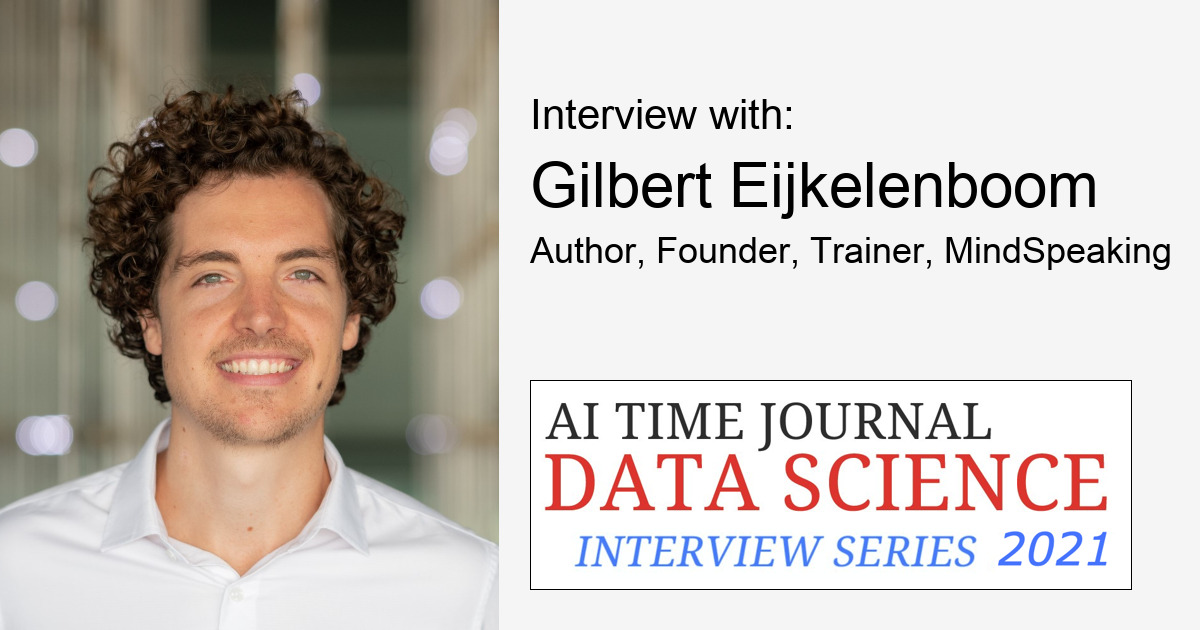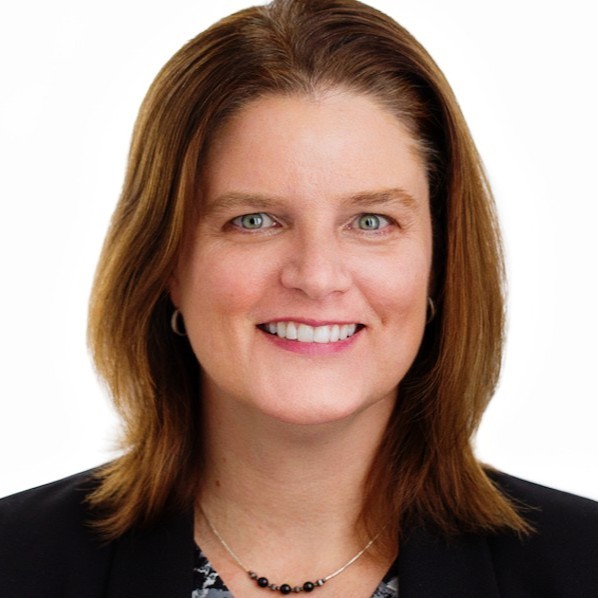
In 2020, Applied Education Systems noted, “21st Century skills are 12 abilities that today’s students need to succeed in their career during the information age. These skills are intended to help students keep up with the lightning pace of today’s modern markets. Each skill is unique in how it helps students, but they all have one quality in common. They are essential to the age of the internet”.
These are not the tactical skills to be taught through certifications. The 21st Century skills focus on learning, literacy, and life skills. More specifically, the learning skills (also known as the 4 C’s) include:
- Critical thinking: Finding solutions to problems
- Creativity: Thinking outside the box
- Collaboration: Working with others
- Communication: Talking to others
Early on, Gilbert Eijkelenboom recognized the importance of combining behavioral science and data science to improve the customer experience. In 2017, Gilbert’s focus to improve the customer journey led to a training program designed to enhance the interpersonal skills of analytical thinkers in the workplace.
Today, we see AI and cognitive technologies across all industries and sectors. As a result, new roles such as the Chief Data Officer and Data Scientist have emerged combining information management, statistics, math, and computer science. On a day-to-day basis, the Data Scientist will collect, analyze, process, and develop models to interpret the data supporting the development of a decision-based organization.
As the organization requires more data, it also requires more individuals with the right set of skills to communicate the assumptions in those models, the context of the data, and what actionable results can be derived from the data. “Data on its own does not do anything”, Gilbert Eijkelenboom.
Your academic background is in behavioral science. How has that background enabled you to merge data and psychology?
My academic background helps me to understand people. What drives their behavior?
I’m happy I found a way to combine two passions of mine: data + psychology. That’s what I did as a professional poker player too. I played online poker, so for each decision, I could look at 100+ statistics. By analyzing the data (about other people’s behavior), I improved my poker decisions.
What is it about Data & Analytics that excites you?
I have always loved numbers and math. For me, it’s fascinating when you can use data to predict what will happen in the future.
Why do you believe the main challenge is the gap between data and business?
Data on its own doesn’t do anything. Data teams have a supportive function: they help other people make better decisions. And to do that, Data Scientists and Analysts need to understand how the business makes those decisions.
People working in the business and people working in data need to work together. That requires communication and collaboration skills.
People in the business have the business context. They need to learn more technical skills. People working in data need to develop their communication skills to better understand how they can make a practical business impact.
80-90% of data project initiatives do not lead to business outcomes. Without the data—business gap, I believe 80-90% would succeed.
Your mission is to help Data and Analytics professionals become confident communicators. What is that important?
Many jobs disappear because they are automated. However, human skills like communication and collaboration, are the hardest skills to automate. That’s why they call these skills 21st Century skills.
As said, you can have the best model or the deepest insights. But if you cannot communicate your results, your impact is zero. I’m happy to see more and more people in the data field emphasize the importance of communication skills.
How do you merge data and storytelling? Why does that matter?
Data and storytelling go hand in hand indeed. Too often, people in the business don’t act on the data insights. One of the reasons is that too many people in data focus on the rational side. But that’s not how you persuade people.
Research shows that over 95% of the decisions are made based on emotions. After, we justify our decisions rationally. Storytelling helps to evoke emotions.
That’s why it’s so effective to wrap your data into a story.
Can you elaborate on the 4 levels of the maturity models for a data professional?
Based on research I defined 3 key communication skills and 4 mindsets every Data Scientist and Analyst needs to have. For example: when you start your career and someone asks you for data, you might give it right away. When you are more experienced, you’ll ask more questions and try to understand the purpose of the request.
Curious about your maturity level? Find out here.
What is a key takeaway from your book ‘People Skills for Analytical Thinkers‘?
People Skills for Analytical Thinkers is a book about human behavior but written in a data language.
I use a metaphor that many data professionals like: you can see your brain as a group of algorithms. Based on the behavioral patterns that you’ve learned in the past, you choose a behavior. Often unconsciously.
By better understanding your own algorithms and those of other people, you’ll become a great communicator and make a bigger impact with your data.
What advice would you give to someone who wants to get into data science today?
Do not only focus on the technical side. Also, invest in developing your communication skills. You can have the best model. The most accurate predictions. The deepest insights.
If people in the business are not convinced that the insights are important to them, your impact is zero.
I experienced this myself when I worked in data. My own frustrations triggered me to start my own company: MindSpeaking.
